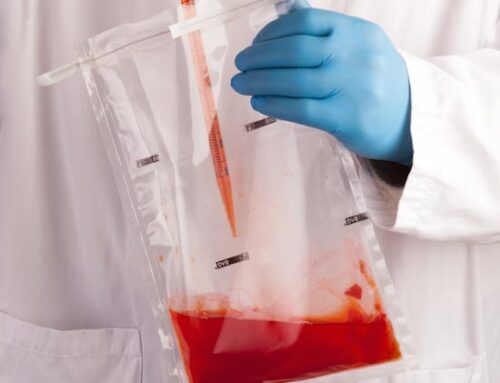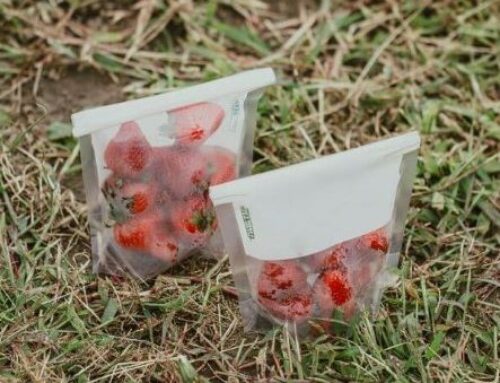Importing food into Canada: A rigorous process
By LABPLAS

In order to be able to import food into Canada, manufacturers have strict measures that they must follow before, during and even after importation. These procedures ensure meticulous control of food entering the country, thereby providing Canadian consumers with adequate protection. Consumers want to know that the food they buy and consume is suitable and safe for their health. After all, they are the customers, and the bond of trust is paramount.
Before importing
Before any food can be imported, certain specific steps must be followed. First, the manufacturer must have a good knowledge of the product and the hazards associated with it. For example, the manufacturer must be able to describe the food (type, quantity, packaging, etc.) and identify any related hazards in order to eliminate or reduce these risks to a level that will not pose a problem to human health.
Next, it is important to be aware of the Canadian requirements for the importation of food products. These include food requirements (safety, packaging, labelling, etc.), importer requirements and procedural requirements.
Third, the foreign supplier must ensure that the food is developed, stored, packaged and labelled under the same conditions as those required in Canada. In determining whether a foreign country provides the same level of protection as Canada, the Canadian Food Inspection Agency (CFIA) considers the laws, controls and procedures of the country in question, the organizational structure responsible for the food safety system and how it is implemented, as well as the resources supporting the objectives of that system.
A preventive control plan must then be set up. The PCP is a document outlining the measures and controls that are in place to ensure that imported food is safe to eat and meets Canadian standards. This document is a requirement of the import permit. In addition to the PCP, it is important to establish a complaint handling and recall procedure, so that you are well prepared for any eventuality.
The final step is to apply to the CFIA for an import permit. If the manufacturer does not have a license, the shipment of food may be delayed or refused entry at the border.
Ready to import!
Once all of the above steps have been completed, the food in question is ready to be imported. The Canada Border Services Agency (CBSA) and CFIA need to be aware of all shipments of food imported into the country, without exception. Once the import is completed, other measures must be followed, such as maintaining records of the traceability of the imported food, keeping the preventive control plan up to date and then carrying out the complaint and recall procedure that has been previously put in place.
Sampling: A step not to be neglected
At the time of production, food must be sampled at regular intervals during the preparation stage, for example by monitoring temperatures or pH levels. In addition, when the food is in its finished state, it is sampled at the end of the production line, after it has been packaged, to ensure that it meets standards and is not contaminated. The samples taken must then be analyzed in a laboratory and subjected to recognized analytical methods. These samples should be sent to the laboratory as soon as possible to avoid contamination or deterioration. They should also be transported using secure containers, such as sterile sample bags, which allow for easy and efficient transport.
That’s not all! At the import stage, all shipments must be free of any contamination that may originate in materials used to transport or package the product, such as dunnage, pallets and wooden crates. Sampling tools, such as a specially designed sponge, can then be used to take a sample from any surface.
Here is an overview of how to import food into Canada in a safe and legal manner. Needless to say, the primary objective is to provide Canadian consumers with compliant, safe and healthy products. This requires rigorous procedures, but it is thanks to these same procedures that we are able to enjoy high quality products.





Leave A Comment
You must be logged in to post a comment.